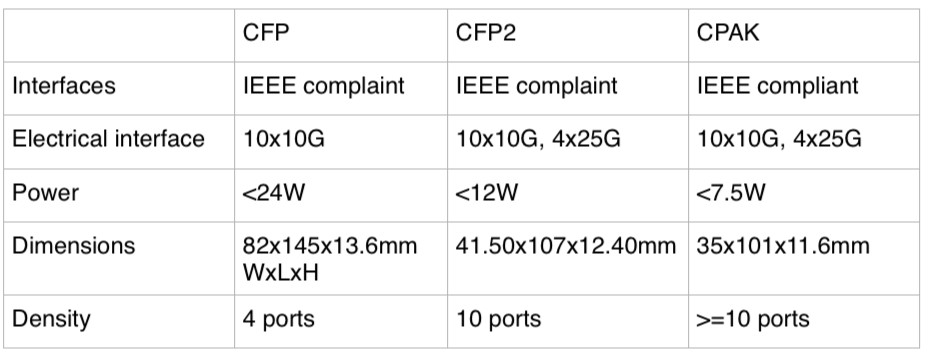Building the data rate out of smaller baud rates
 Tuesday, February 15, 2022 at 5:00PM
Tuesday, February 15, 2022 at 5:00PM In the second article addressing the challenges of increasing the symbol rate of coherent optical transport systems, Professor Andrew Lord, BT’s head of optical network research, argues that the time is fast approaching to consider alternative approaches.
Coherent discourse 2
Coherent optical transport systems have advanced considerably in the last decade to cope with the relentless growth of internet traffic.
Professor Andrew Lord
One-hundred-gigabit wavelengths, long the networking standard, have been replaced by 400-gigabit ones while state-of-the-art networks now use 800 gigabits.
Increasing the data carried by a single wavelength requires advancing the coherent digital signal processor (DSP), electronics and optics.
It also requires faster symbol rates.
Moving from 32 to 64 to 96 gigabaud (GBd) has increased the capacity of coherent transceivers from 100 to 800 gigabits.
Last year, Acacia, now part of Cisco, announced the first 1-terabit-plus wavelength coherent modem that uses a 128GBd symbol rate.
Other vendors will also be detailing their terabit coherent designs, perhaps as soon as the OFC show, to be held in San Diego in March.
The industry consensus is that 240GBd systems will be possible towards the end of this decade although all admit that achieving this target is a huge challenge.
 Acacia,
Acacia,  Andrew Lord,
Andrew Lord,  BT,
BT,  Coherent,
Coherent,  UCL,
UCL,  baud rate,
baud rate,  optical transceivers in
optical transceivers in  ECOC 21,
ECOC 21,  OFC 2022
OFC 2022  Print Article
Print Article 



